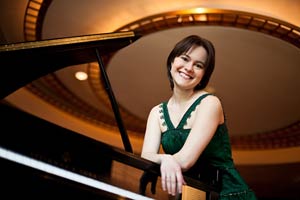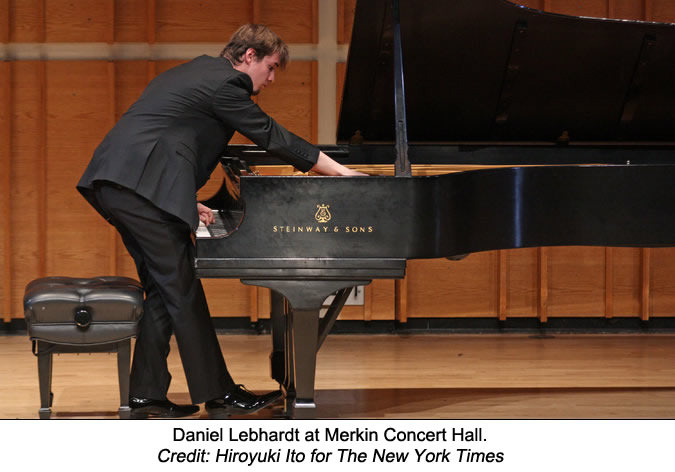PERFORMANCE
Carnegie Hall
Dianne Reeves
“She has one of the most powerful, purposeful, and accurate voices of this or any time,” said jazz legend Wynton Marsalis of Dianne Reeves. The Grammy Award–winning vocalist is one of the foremost singers in the world. Whether she’s interpreting jazz classics or melding elements of R&B, Latin, and pop into swinging song, she thrills with every note she sings.
For Dianne Reeves, it’s all about the song. One of the premier jazz vocalists of the modern era, Reeves will only apply her golden pipes to a composition if it touches her heart. It might originate on a classic rock album, or perhaps appear as part of an R&B collection, or maybe it’s from the Great American Songbook. By the time she’s done with it, it has become a Dianne Reeves song.
Reeves’s most recent album, 2014’s Beautiful Life, opens with her interpretation of Marvin Gaye’s “I Want You” and includes songs borrowed from Stevie Nicks, Ani DiFranco, and Bob Marley, as well as the standard “Stormy Weather.” It also includes songs brought to her by the young bassist-vocalist Esperanza Spalding, pianist Geri Allen, and the album’s producer, drummer Terri Lyne Carrington, several of which Reeves co-wrote. “When it comes to choosing the material for a record, that’s always on me,” says Reeves. “I have my ideas, I’m open, but it’s more about lyrics than anything for me.”
Her instincts have been honed throughout a career that’s now closing in on four decades. For her hard work, she’s been rewarded with five Grammys in the Best Jazz Vocal Album category, including one for Beautiful Life. “It’s absolutely wonderful,” she says about taking home her trophies. “You still get the same jitters, and when they call your name it’s pretty amazing. It’s always a surprise.”
Fans are likely to be surprised when Reeves takes to the stage at Carnegie Hall on March 30. She plans to perform some songs from that most recent album, others from her vast catalog, and some new material. Reeves and her band—Peter Martin (piano), Romero Lubambo (guitar), Reginald Veal (bass), and Terreon Gully (drums)—are comfortable enough with one another to take risks and try new things out in front of an audience.
“We all know each other, so there’s a great deal of trust,” Reeves says. “The majority of them have their own groups and do other things, and they bring new ideas all the time. I love it because we break bread together and then we go onstage—we never know what’s going to happen. It’s exciting for me every night.”
At the end Reeves got her light and asked all in the audience to use their phones as their lights. They gave me a chance to video a song. It wasn't the best song, but...
























